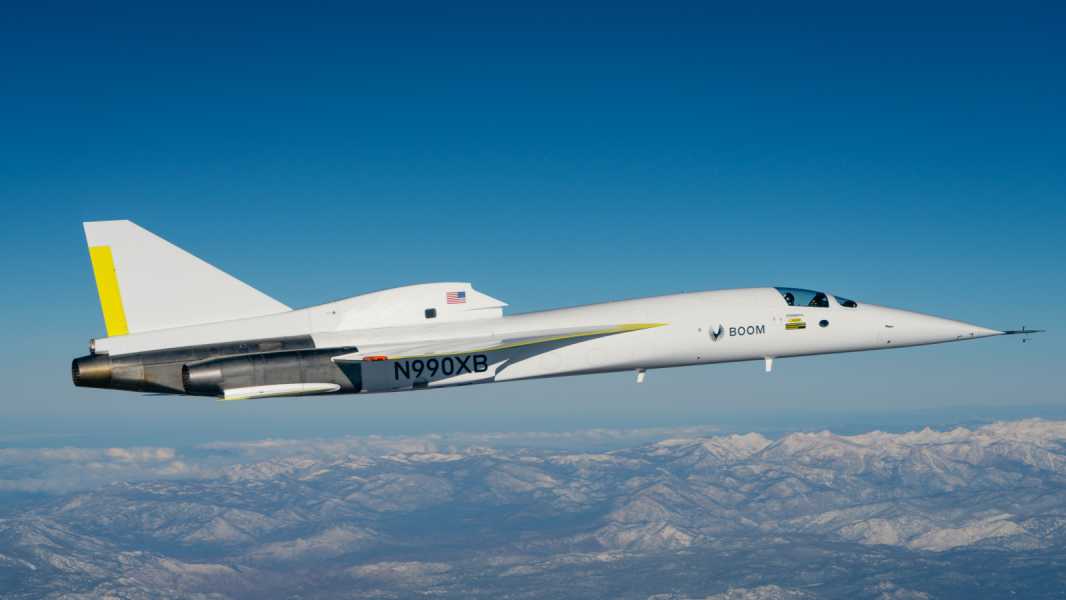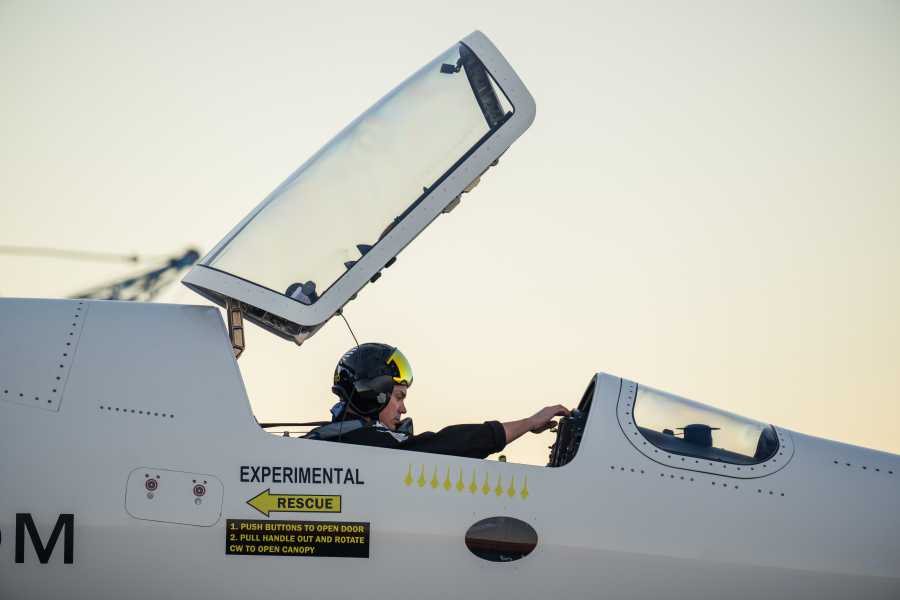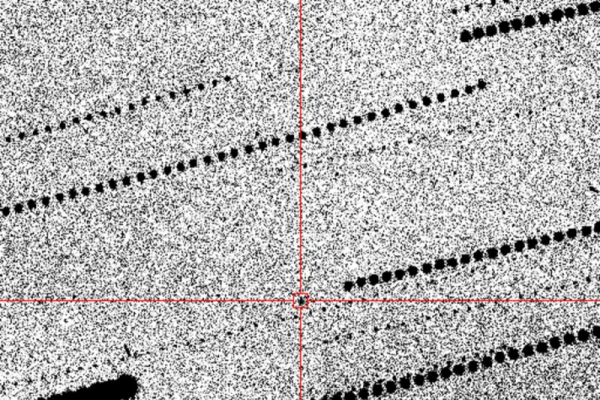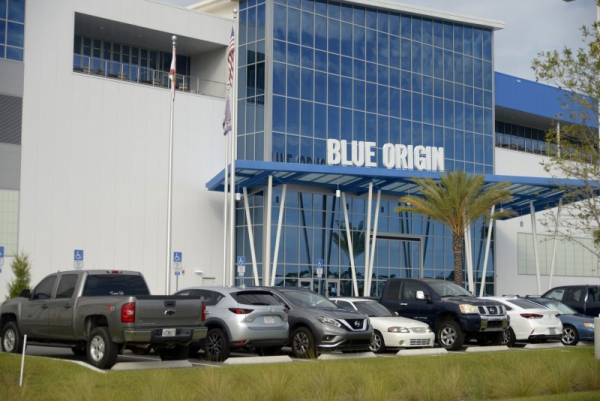
The test took place at an altitude of 29,481 feet (8,986 meters), well below the previous flight speed of Mach 0.95. (Image credit: Boom Supersonic)
The unofficial successor to Concorde is one step closer to becoming a reality as Boom Supersonic has successfully completed the 11th test flight of its XB-1 supersonic demonstrator aircraft.
On January 10, the XB-1 made a sustained flight at 728 mph (1,172 km/h), equivalent to Mach 0.95, just below the speed of sound.
The test was conducted at an altitude of 29,481 feet (8,986 meters); although the aircraft had flown at this speed during its 10th test, this test took place at a significantly higher altitude and therefore at lower atmospheric pressure.
During the latest test, flying so fast and at such an altitude, the XB-1 reached a record equivalent airspeed of 383 knots, indicating unusually high dynamic air pressure. The plane will not face such extreme conditions again even when it finally breaks the sound barrier, as its operational flights will be conducted at much higher altitudes, where the air is less dense, company officials said.
Subjecting the aircraft to such a load at transonic speeds, just below the speed of sound, demonstrates the robustness of its design and confirms that it will remain controllable at higher speeds.
The company previously announced its intention to reach and exceed Mach 1 speeds in early 2025. Pending the need for a 12th test flight, the company is making progress toward that goal.
Boom Supersonic began test flights with the XB-1 in March 2024. Subsequent flights tested its stability with and without the digital control system, and stress-tested the aircraft's structure using a device that simulates the potentially destructive force caused by high-speed airflow, while pushing it to ever-higher maximum speeds.
“The second half of our test campaign is focused on gradually expanding the XB-1's range in altitude, airspeed and Mach number until we inevitably reach that sonic boom,” Nick Scherica, Boom Supersonic's chief XB-1 flight test engineer, said in a promotional video.

“But why not just go supersonic on the next flight? It's important to remember that the XB-1 is not a drone; it has a human pilot in the cockpit. There is no risk to human life with an autonomous aircraft. That's how fast new rocket technology is advancing, but you and your family won't be getting into an unmanned airliner anytime soon,” he added.
Just like the first launches of Space rockets
Sourse: www.livescience.com





